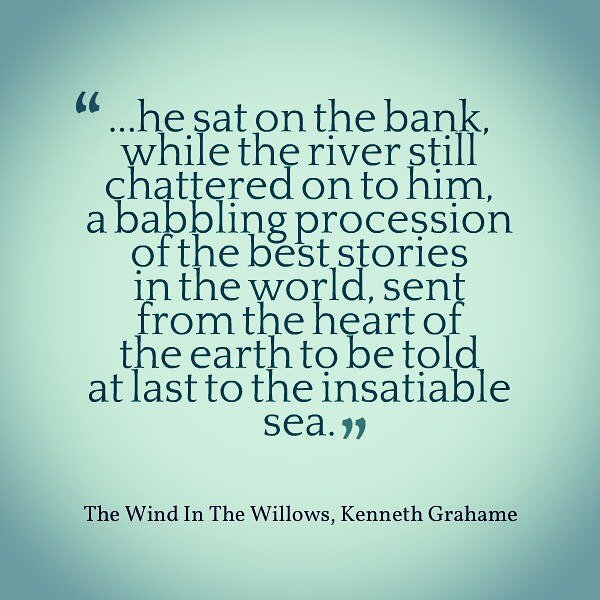River Walking
Splash in the water, scramble over the stones, slide off rocks. We took our family to the River Barle in Somerset for a fantastic adventure.There’s something magical about a river where salmon choose to lay their eggs. The young salmon then swim out to sea, some as far as Greenland, before returning as adults to lay their own eggs.‘If I were a salmon, I’d be happy to start my journey in this river,’ says Emil our seven-year-old son. The River Barle in Somerset looks like a grand avenue with ancient trees, their branches hanging over the water, marking its ceremonial route on both sides.We start our two kilometre circular walk at the Tarr Stepps ‘clapper’ bridge. Seventeen huge stone slabs make a majestic path across the river.No one knows how old it is. Local legend says it was built by the devil, and to this day if the devil choses to sunbathe on the stone slabs then no one shall pass.Luckily there’s no sign of him, we think, so we jump from stone to stone. It’s immensely satisfying to walk across stones on a river.The children are already happy. Yasmine, 9, is leaping from stone to stone followed by her younger sister Sissi who struggles to make such large strides but is keeping up admirably.Emil lies on his tummy on a large stone in the middle of the river as close to the water as he can possibly get.‘It’s so clear, I can see everything, tiny fish, the pebbles on the bottom, everything,’ he shouts delightedly.He loves spending time in water, any water, surrounded by buckets and nets collecting things to study and then release. He’s very upset we haven’t bought his buckets and nets today, but our intention was to walk, if we can persuade him to leave this watery paradise.As we walk along the path the ancient oak, ash, beech and sycamore trees tower high above us. So many of them are hundreds of years old, they hold the history of people who would have depended on this clear, unpolluted river as a source of fresh water and food.Between October and April the salmon spawn. They lay their eggs in a nest called a redd which looks like a mound of pale gravel next to a hollow in the riverbed.The young salmon (known as alevin) are very vulnerable. It’s a miracle that any of these tiny fish develop into such strong adults and make their journey all the way to the sea and back.The river’s path goes up high, the banks plunge down steeply. But the trees are so tall, it feels like we are walking through the jungle.We are all enchanted by the river’s magic. The children run along the river banks, exploring the trees and collecting beetles in the grass.There’s a sudden splash in the water, too large for a fish, it could be an otter. The unpolluted water makes it perfect feeding grounds for fish, eels and amphibians.But it’s too quick for us. The children spend the next 20 minutes stalking the banks trying to spot him.The valley feels full of life. The birds' song is full of energy, the water splashes and gurgles over the stones, branches and rocks, making its way confidently to the sea.In some parts of the river there are wide eddies where the water, like us needs a rest. We sit on the grass while the children splash their feet in the shallow, cool water. It’s July, paddling in the shallows won’t damage the salmons’ eggs, they have all hatched months before.It’s times like this when you don’t need to be in an exotic location. It’s the perfect place, right now, for us all.Like the young salmon we will definitely make the journey back here again.
HOW TO FIND IT?
Unless you have a four wheel drive, the best approach is from Liscombe. This village can be reached from the B3223 Dulverton to Withypool Road. The start is the National Park car park above the Tarr Steps.From here follow the path down to the River Barle.








